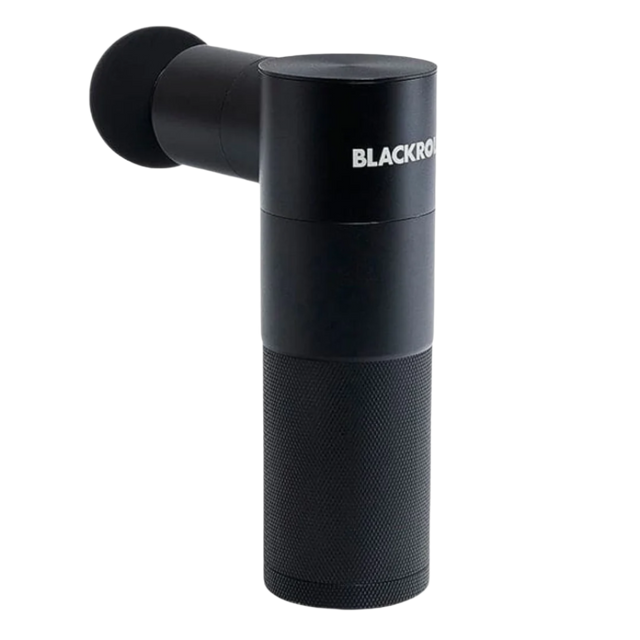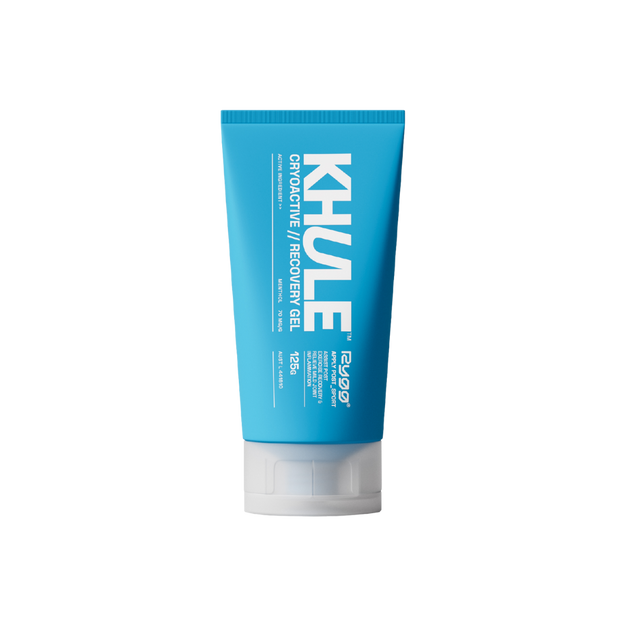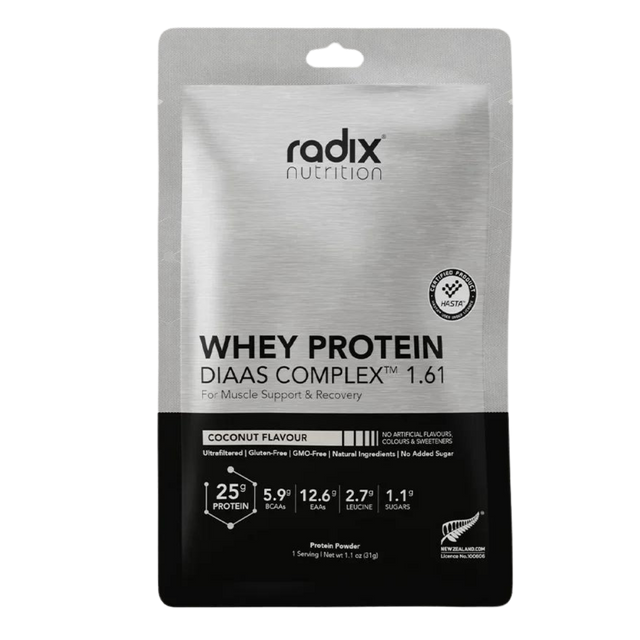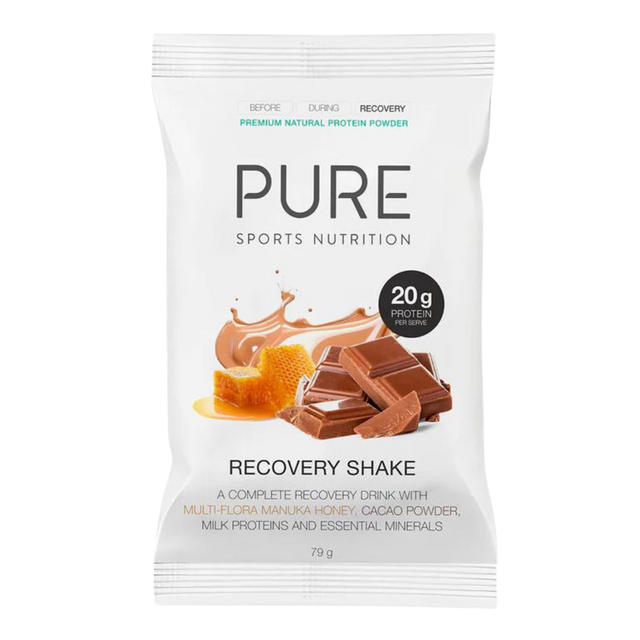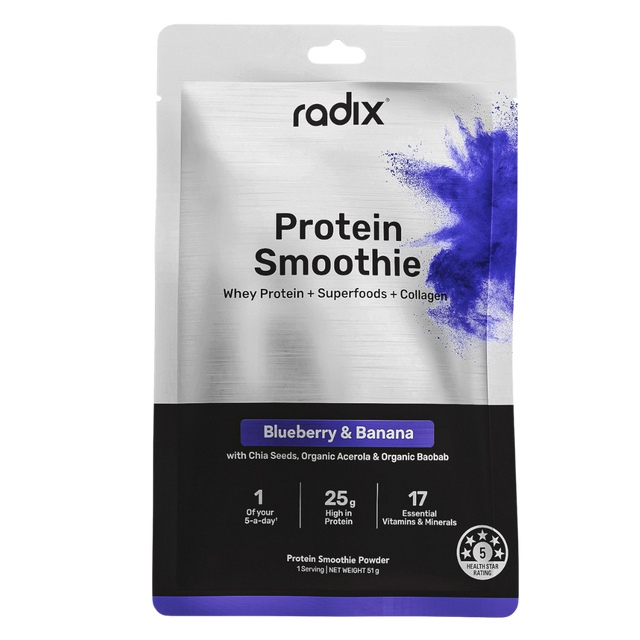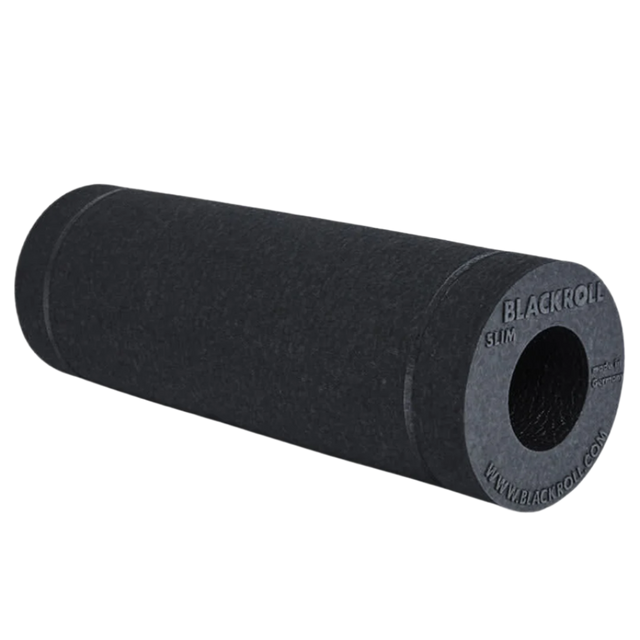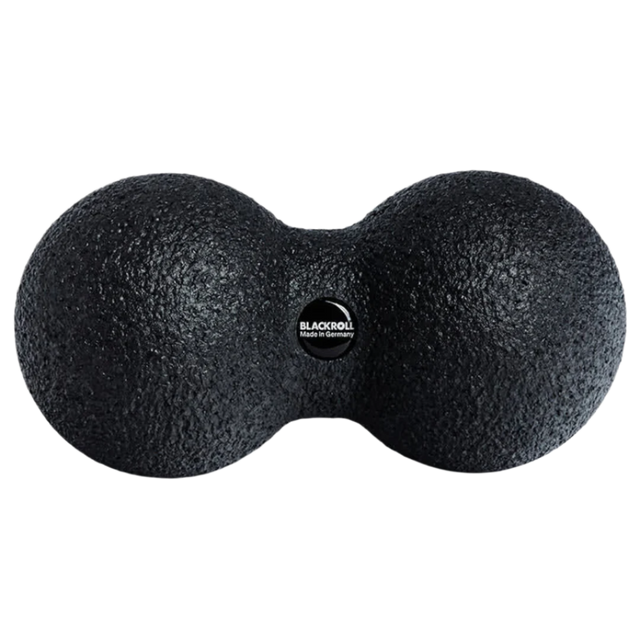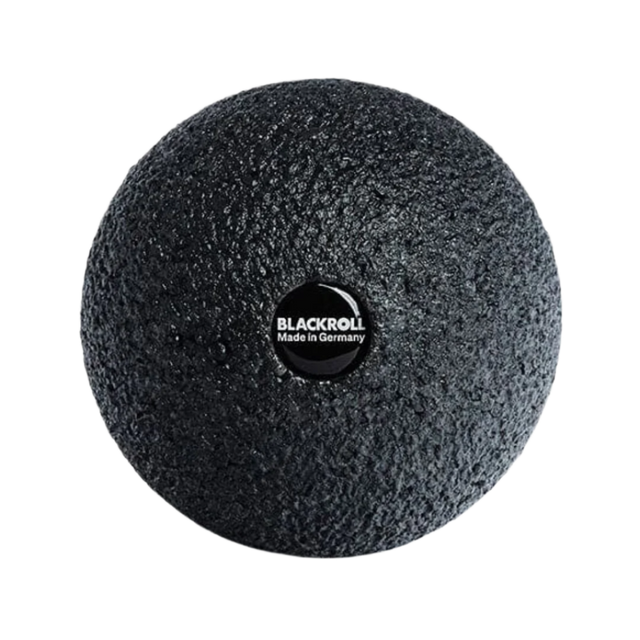5 Game-Changing Ways to Speed Up Recovery After Racing and Training
Recovery is where fitness is built, muscles grow, and performance skyrockets. Supporting it properly reduces injury risk, prevents burnout and maximises your gains. No fancy gear or carb-loading shortcuts are needed. These 5 proven recovery strategies will help you bounce back faster, train smarter and race stronger.
Table of Contents
-
How Should I Fuel and Hydrate for Optimal Recovery?
-
Is Your Sleep Supporting Your Training Gains?
-
How Often Should Endurance Athletes Take Rest Days?
-
Which Recovery Tools Actually Help Athletes Bounce Back Faster?
-
Do Cold Therapy or Ice Baths Really Speed Up Recovery?
How Should I Fuel and Hydrate for Optimal Recovery?
-
Nutrition & hydration are key for recovery → Exercise causes small muscle tears, so refuelling is essential. Eating carbs, protein and rehydrating after training helps repair muscles, restore energy stores, reduce inflammation, balance hormones and lower injury risk (1-7).
-
Rehydration after exercise → Replace 125-150% of fluids lost within 4-6 hours post-exercise using an electrolyte containing hydration source (3).
-
Post-exercise nutrition for males:
-
Carbohydrates → 0.6-1.2g/kg body weight immediately after exercise (4)
-
Protein → 25-35g high-quality protein
-
Example → Radix Nutrition Whey Protein Smoothie Sachet + 2 cups coconut water + 1 banana + 1/3 cup granola + 4 pitted dates [ 735Cal, 36g protein, 10g fat, 127g carbs]
-
-
Post-exercise nutrition for females:
-
Carbohydrates→ 60-100g
-
Fat → 15-20g
-
Protein → 30-40g
-
Example→ 1 cup oats with water/milk + Radix Nutrition Whey Protein DIAAS Complex™ + 1.5 Tbsp nut butter + 1/2 cup berries [590Cal, 42g protein, 16g fat, 69g carbs]
-
Is Your Sleep Supporting Your Training Gains?
-
Just behind nutrition, quality sleep is essential for repairing muscles, boosting performance, and reducing injury risk. [More sleep strategies here]
-
Muscle Growth & Repair → Deep sleep triggers growth hormone release, helping your muscles recover from training and grow stronger.
-
Energy & Mental Performance → Sleep restores brain energy, improving focus, reaction time and decision-making during workouts and races.
-
Avoid the Sleep Deficit Trap → Poor sleep increases injury risk, slows recovery, zaps energy and leads to poor food choices (8).
-
Aim for 7+ Hours → Adults should target at least 7 hours of uninterrupted sleep each night to maximise training gains and support endurance performance.
How Often Should Endurance Athletes Take Rest Days?
-
Rest Days, Secret Performance Boosters → The unsung hero of recovery. Rest lets your body repair, adapt and come back stronger.
-
Avoid Overtraining Syndrome → Overtraining is “consistent extreme training causing temporary performance drops, with gains coming only after rest”. Around one in three non-elite endurance athletes experience fatigue, reduced performance, or injury linked to overtraining (9-11).
-
Active Recovery Counts → Rest doesn’t mean doing nothing. Easy swims, gentle walks, massage, or light mobility work help your body recover without losing fitness.
-
Come Back Stronger→ Strategically timed rest days reduce injury risk, improve performance, and prepare you for your next training block.
Which Recovery Tools Actually Help Athletes Bounce Back Faster?
-
Top Recovery Tools for Athletes → Foam rollers, compression boots, and massage guns are proven to enhance recovery by promoting blood flow, reducing muscle stiffness and increasing range of motion (12).
-
Compression Boots → Best used post-exercise for 20-30 minutes to accelerate muscle recovery and reduce soreness (13).
-
Foam Rolling→ Pre-workout foam rolling for 90-120 seconds optimises flexibility and mobility, improving performance and reducing injury risk (12).
-
Efficiency Tip → Targeted use of these tools can maximise recovery without adding excessive time to your routine.
Do Cold Therapy or Ice Baths Really Speed Up Recovery?
-
Cold Therapy Benefits → Cold gels and ice applications are safe, effective methods for managing sports-related soft tissue injuries (14).
-
Effective Muscle Relaxation → Alcohol-based gels, like Rygg Cryoactive Recovery Gel, used four times daily, may reduce pain and induce muscle relaxation (14).
-
Performance Support → Regular cold therapy may aid recovery, helping athletes return to training faster and reduce injury downtime.
Ash Miller
Dietitian and Nutritionist (Masters)
Bachelor of Physical and Health Education
Instagram: @ashthomo_nutrition
References
1. Stožer A, Vodopivc P, Križančić Bombek L. Pathophysiology of exercise-induced muscle damage and its structural, functional, metabolic, and clinical consequences. Physiol Res. 2020 Aug 31;69(4):565-598. doi: 10.33549/physiolres.934371. Epub 2020 Jul 16. PMID: 32672048; PMCID: PMC8549894.
2. Wang L, Meng Q, Su CH. From Food Supplements to Functional Foods: Emerging Perspectives on Post-Exercise Recovery Nutrition. Nutrients. 2024 Nov 27;16(23):4081. doi: 10.3390/nu16234081. PMID: 39683475; PMCID: PMC11643565.
3. Maughan RJ, Shirreffs SM. Recovery from prolonged exercise: restoration of water and electrolyte balance. J Sports Sci. 1997 Jun;15(3):297-303. doi: 10.1080/026404197367308. PMID: 9232555.
4. Kerksick CM, Arent S, Schoenfeld BJ, et al. International Society of Sports Nutrition position stand: Nutrient timing. J Int Soc Sports Nutr. 2017;14:33. doi:10.1186/s12970-017-0189-4
5. Michaela C. Devries, Mazen J. Hamadeh, Stuart M. Phillips, and Mark A. Tarnopolsky. Menstrual cycle phase and sex influence muscle glycogen utilization and glucose turnover during moderate- intensity endurance exercise. 291, R1120-1128 (2006).
6. Roy, B. et al. “The influence of post-exercise macronutrient intake on energy balance and protein metabolism in active females participating in endurance training.” International journal of sport nutrition and exercise metabolism 12 2 (2002): 172-88 .
7. Jäger, R., Kerksick, C.M., Campbell, B.I. et al. International Society of Sports Nutrition Position Stand: protein and exercise. J Int Soc Sports Nutr 14, 20 (2017). https://doi.org/10.1186/s12970-017-0177-8
8. Charest J, Grandner MA. Sleep and Athletic Performance: Impacts on Physical Performance, Mental Performance, Injury Risk and Recovery, and Mental Health. Sleep Med Clin. 2020 Mar;15(1):41-57. doi: 10.1016/j.jsmc.2019.11.005. PMID: 32005349; PMCID: PMC9960533.
9. Cardoos, Nathan MD. Overtraining Syndrome. Current Sports Medicine Reports 14(3):p 157-158, May/June 2015. | DOI: 10.1249/JSR.0000000000000145
10. Raglin JS, Morgan WP. Development of a scale for use in monitoring training-induced distress in athletes. International journal of sports medicine. 1994 Feb;15(02):84-8.
11. Kreher JB, Schwartz JB. Overtraining syndrome: a practical guide. Sports Health. 2012 Mar;4(2):128-38. doi: 10.1177/1941738111434406. PMID: 23016079; PMCID: PMC3435910.
12. Hendricks S, Hill H, Hollander SD, Lombard W, Parker R. Effects of foam rolling on performance and recovery: A systematic review of the literature to guide practitioners on the use of foam rolling. J Bodyw Mov Ther. 2020 Apr;24(2):151-174. doi: 10.1016/j.jbmt.2019.10.019. Epub 2019 Nov 2. PMID: 32507141.
13. Brown F, Gissane C, Howatson G, van Someren K, Pedlar C, Hill J. Compression Garments and Recovery from Exercise: A Meta-Analysis. Sports Med. 2017 Nov;47(11):2245-2267. doi: 10.1007/s40279-017-0728-9. PMID: 28434152.
14. Airaksinen OV, Kyrklund N, Latvala K, Kouri JP, Grönblad M, Kolari P. Efficacy of cold gel for soft tissue injuries: a prospective randomized double-blinded trial. Am J Sports Med. 2003 Sep-Oct;31(5):680-4. doi: 10.1177/03635465030310050801. PMID: 12975186.
Disclaimer:
The content in this blog is for general information only and is not a substitute for professional medical advice, diagnosis, or treatment. Always speak with your doctor or allied health team before changing your diet, exercise, or taking supplements, especially if you have a health condition or take medication. Please use this information as a guide only. Aid Station doesn't take responsibility for individual outcomes.

